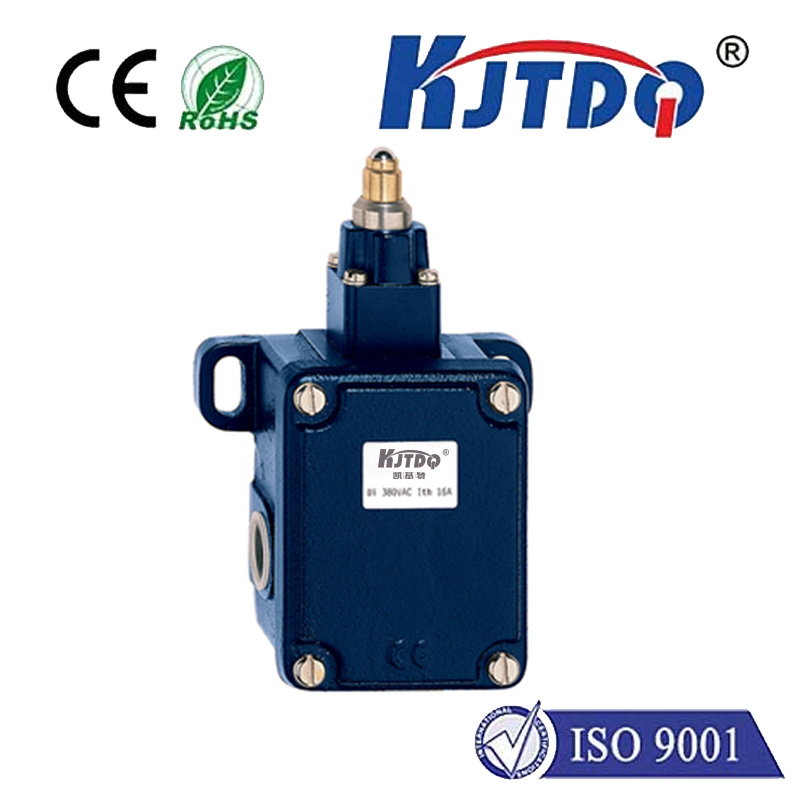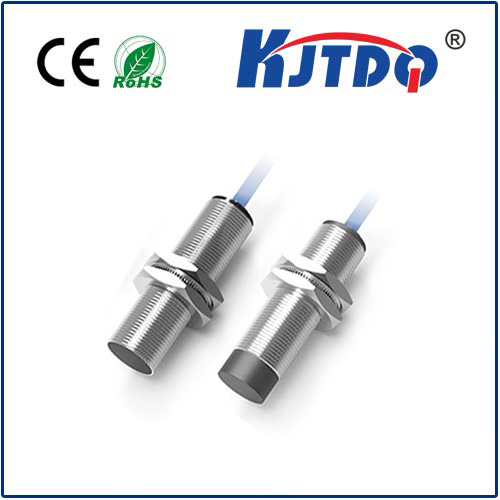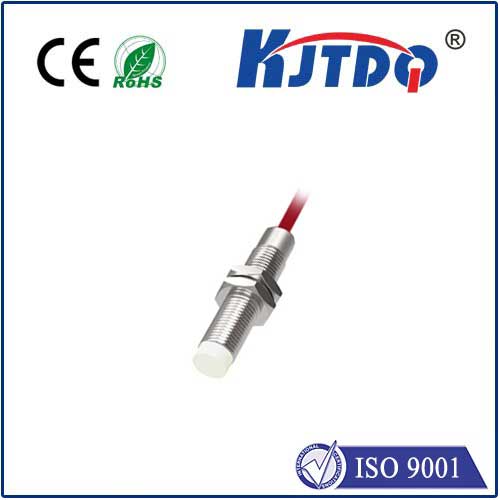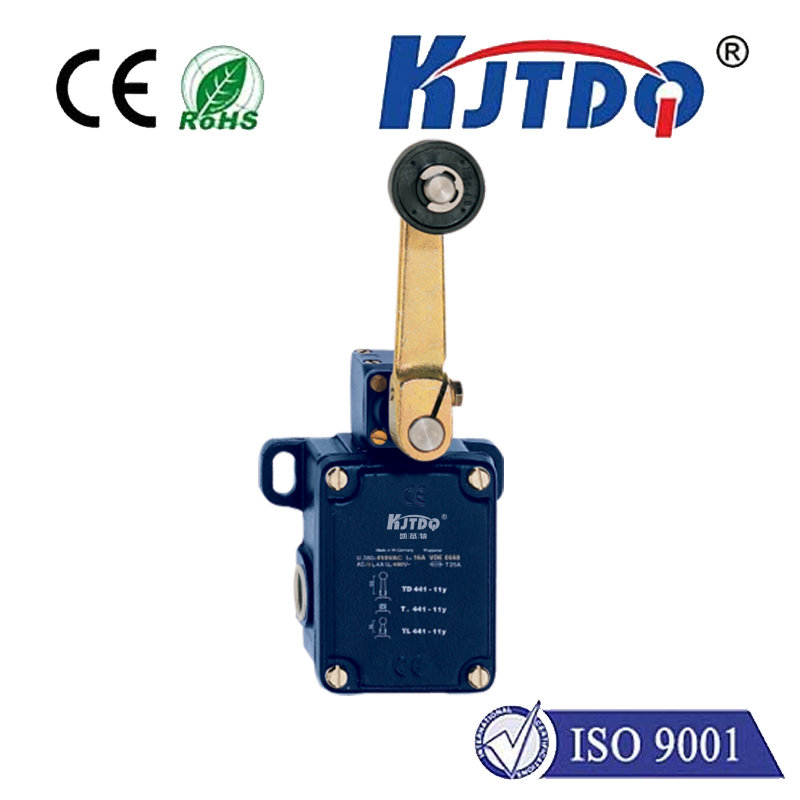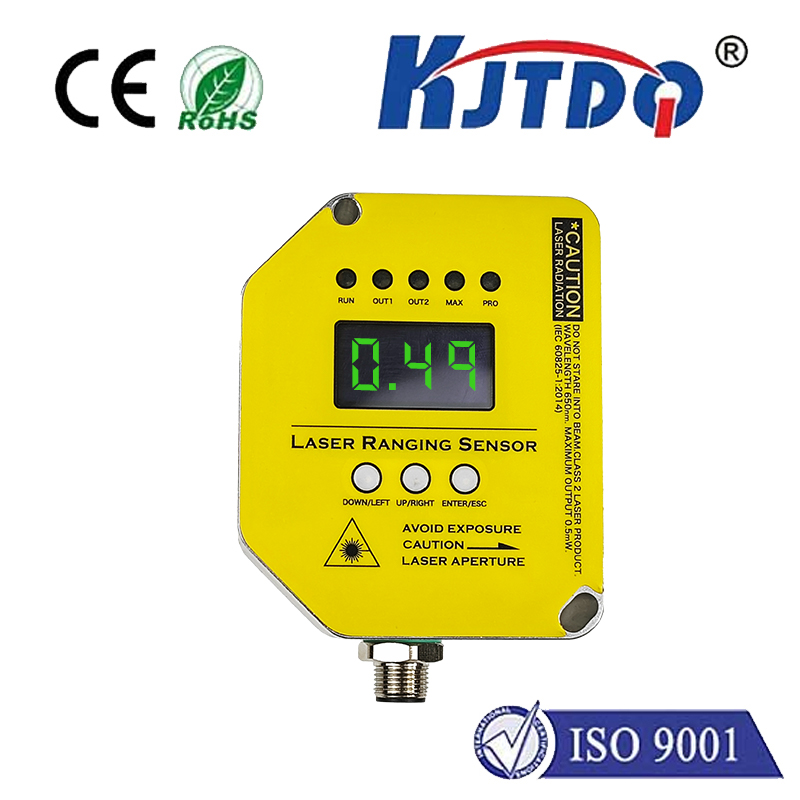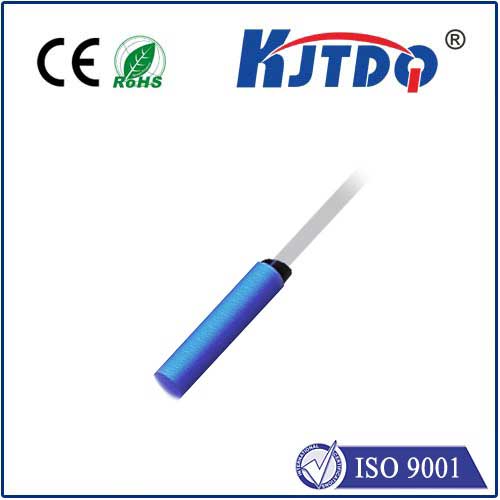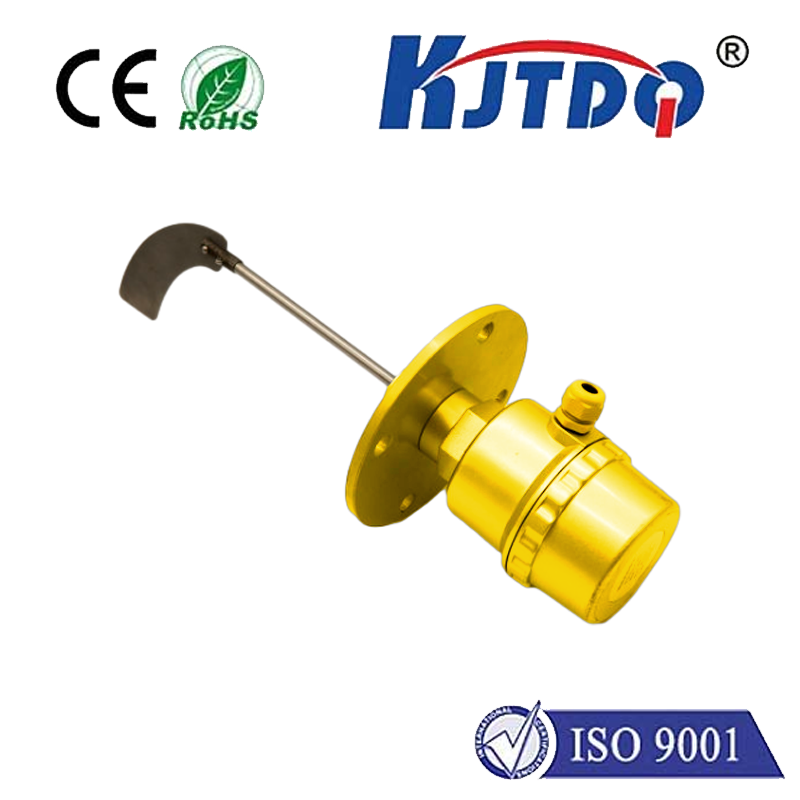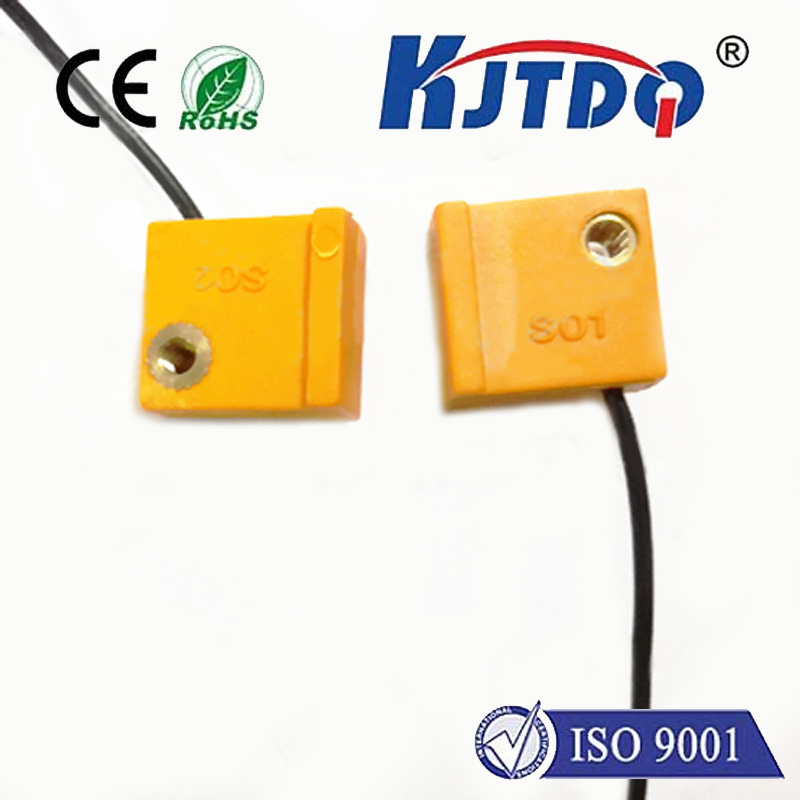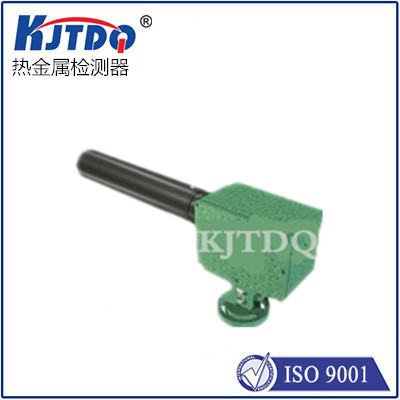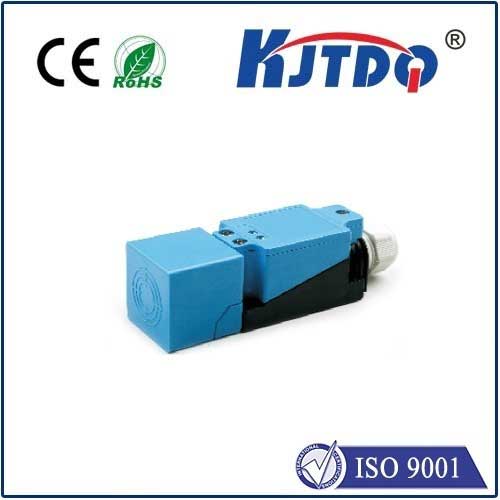

check

check

check

check

check

check

check

check

check

check
Title: Exploring the Versatility of 2 Wire Capacitive Proximity Sensors In the world of industrial automation and sensing technology, capacitive proximity sensors have emerged as indispensable tools. Among these innovations, the 2 wire capacitive proximity sensor stands out, offering a blend of simplicity, efficiency, and versatility that makes it an ideal choice for various applications. This article delves into the core aspects of 2 wire capacitive proximity sensors, exploring their functionality, application areas, and benefits.
Capacitive proximity sensors operate based on the principle of capacitance, measuring changes in electromagnetic fields to detect the presence of dielectric (non-metallic) materials without making physical contact. A unique subset of these sensors, the 2 wire capacitive proximity sensor, utilizes just two wires for both power supply and signal output, thereby simplifying installation and reducing wiring complexity. This streamlined design does not compromise on performance; instead, it enhances reliability and flexibility. The sensor can be powered by voltage levels ranging from 10 to 30 V DC, making it adaptable to different industrial setups. The signal output is typically a simple switch between the supply voltage and zero volts, indicating the presence or absence of the target material.
The adaptability of 2 wire capacitive proximity sensors allows them to find use across a diverse array of industries and applications:

Automotive Industry: They are employed in monitoring fluid levels, detecting the presence of non-metallic components, and ensuring proper assembly processes. For instance, during windshield wiper assembly, these sensors ensure that the rubber blades are correctly positioned.
Food and Beverage Processing: Hygiene is paramount in this sector, making non-contact sensors essential. These sensors are used to monitor levels of liquids and granulate materials, ensuring that processes run smoothly and hygienically.
Packaging Industries: In packaging lines, these sensors help control the flow of materials like plastic films and paper products, ensuring efficient and accurate filling and wrapping processes.
Textile Manufacturing: They assist in the detection and control of fabric edges, ensuring precise cutting and sewing processes, which is crucial for quality control.
Environmental Monitoring: In environmental applications, these sensors monitor dust levels or the presence of other particulate matter, helping maintain air quality standards.
The appeal of 2 wire capacitive proximity sensors lies in their blend of practical benefits:
